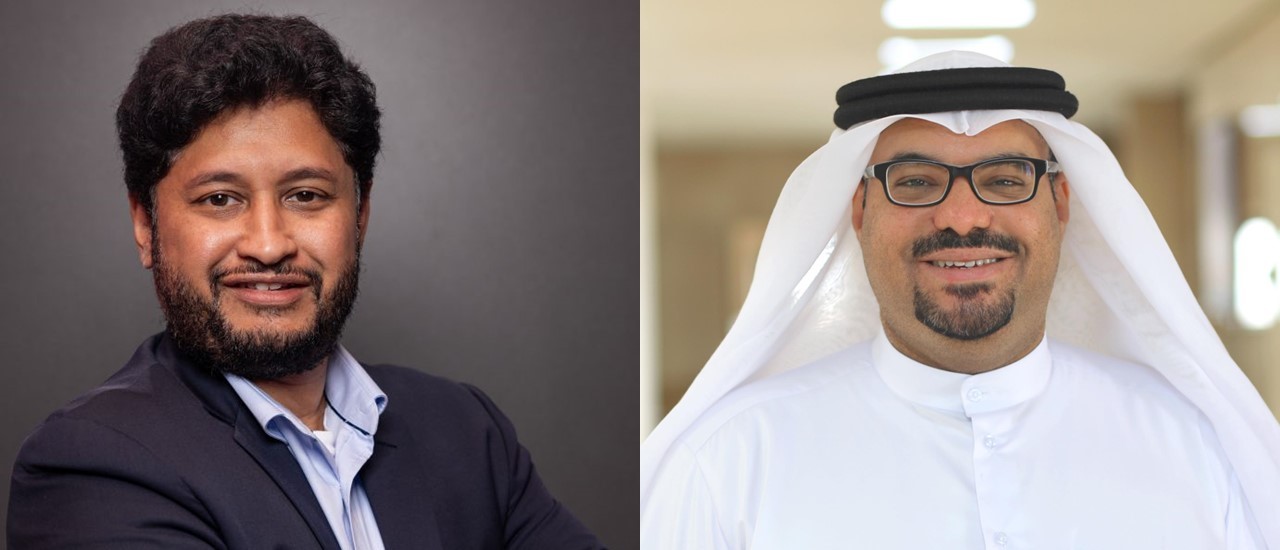
University Medical Centre Adds Tilt Table Test with EEG to its Diagnostic Services
Arabian Gulf University
25 Jun, 2025
The University Medical Centre at King Abdullah bin Abdulaziz Medical City, affiliated with the Arabian Gulf University (AGU), has introduced the Tilt Table Test with Electroencephalography (EEG) to its suite of advanced diagnostic procedures. This initiative aims to enhance the Centre’s diagnostic capabilities and deliver comprehensive medical care to patients.
The newly added test is primarily used to diagnose unexplained fainting episodes, assess seizures, and determine causes of sudden drops in blood pressure. Notably, it is a safe and non-invasive procedure, making it a suitable option for a wide range of patients. The innovation lies in the combination of the Tilt Table Test, which evaluates cardiovascular responses to changes in body posture, and EEG, which records the brain’s electrical activity.
This integrated approach allows the medical team to simultaneously assess both cardiac and neurological responses, providing comprehensive and accurate data that supports differentiation between fainting (syncope), epilepsy, and other neurological conditions with similar symptoms.
Dr Salman Hamad Al Zayani, Chief Executive Officer of the University Medical Centre, stated: “The addition of the Tilt Table Test with EEG reflects our commitment to providing best medical practices and the latest technologies to our patients. We are constantly striving to improve diagnostic accuracy and treatment effectiveness, and this test represents a significant step towards achieving that goal.”
For his part, Dr Khalid bin Thani, Consultant Cardiologist at the University Medical Centre, remarked: “This test offers us a holistic view of the patient’s condition, enabling us to better understand the complex interactions between the heart and brain. Such insights are essential to formulating tailored treatment plans for each patient, ultimately improving outcomes and reducing complications.”
He added that most of the referred cases have undergone the procedure with high precision and professional care, allowing for a physiological analysis of each condition. This has significantly contributed to developing appropriate treatment strategies and minimising the recurrence of fainting spells and seizure episodes.
